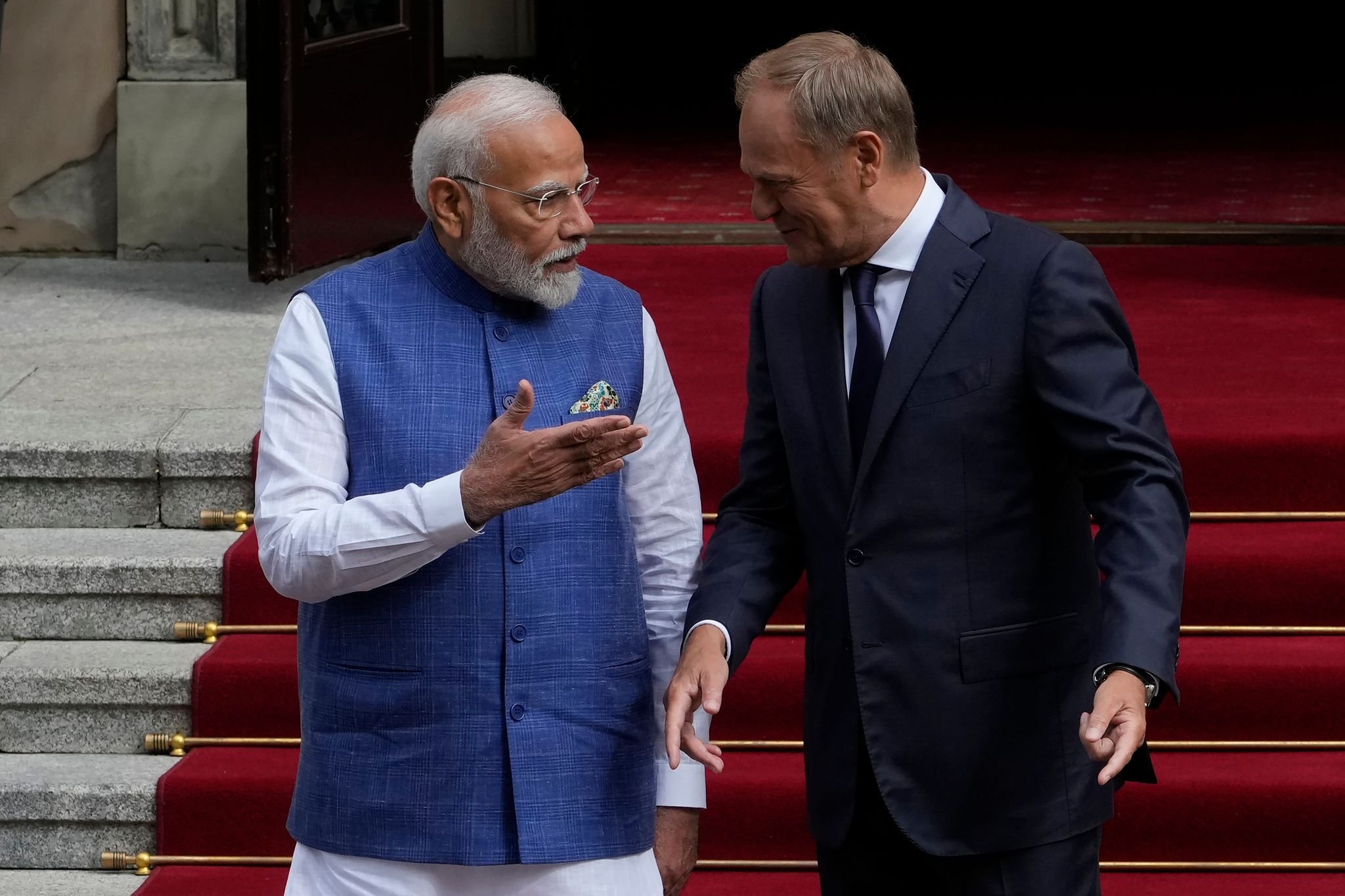Press
A simmering border conflict in the Himalayas between India and China is preventing the two nuclear powers from pursuing a rapprochement. The two governments acted increasingly irreconcilably.
India keeps a pigeon for eight months. His suspicion: The bird was a Chinese spy. Mumbai Police found Chinese characters on the bird's leg ring and took him into custody. He was then forgotten – until local animal welfare activists remembered the pigeon's fate. Veterinarians later concluded that the imprisoned bird was a homing pigeon that had escaped from Taiwan and made it to India. Veterinarians handed the pigeon over to an animal welfare organization, which released it in early February.
What seems like a joke has a serious background. Indian distrust of China big; Relations between the world's two most populous countries have been tense for decades. The main reason for this is the conflict along the shared border in the high Himalayas (“Line of Actual Control”/LAC). The region is based on borders drawn by former colonial ruler Britain and was never accepted in its entirety by either India or China. In 1962, the two engaged in a short and bloody border war, which China won. It was only in the early 1990s that both parties agreed not to touch the status quo until a final solution was found. It was calm for decades.
India and China: border skirmishes in the Himalayas erode trust
But in 2017 there were clashes in Doklam on the border triangle between India, China and Bhutan, which ended in stalemate after 73 days. In spring 2020, soldiers from both countries beat each other with clubs and iron rods and threw stones at each other in the Galwan Valley between Ladakh and Tibet. At least 20 people were reported killed, and some sources even put the number at 60. This incident fundamentally changed relations between the two nuclear powers, said the think tank Crisis Group in a recent report. Tensions resulting from geopolitical competition between the two countries have spilled over into border conflicts. This “has triggered a military buildup and increased the risk of new fighting.”
In 2022, there were again minor incidents resulting in injuries, including in the Tawang area on the northern border of the Indian state of Arunachal Pradesh. Indian border troops, among other things, prevented the seizure of a border post by Chinese troops in November that year, Reuters reported in January, citing a military salute ceremony in India. In October 2023, New Delhi and Beijing again agreed to maintain peace on the border. However, a substantive solution to the border problem is not yet in sight.
Indian Foreign Minister: There can be no normalization without resolving border conflicts
China has demanded for years that bilateral relations not be defined by border issues. However, India rejected this. “I explained to my Chinese counterpart that if there is no solution to the border, if the armed forces continue to confront each other and there is tension, then other relations cannot be expected to continue as usual,” said Foreign Minister Subrahmanyam Jaishankar. in January Meeting with China's chief diplomat Wang Yi was clear.
The two larger areas are particularly sensitive areas. India claims the Aksai Chin region, which China captured in a 1962 border war. In contrast, Beijing claims the entire Indian state of Arunachal Pradesh to the east of Bhutan. China's new official map identifies Arunachal Pradesh as a Chinese territory with the new name “Zangnan”, southern Tibet. New Delhi protested the map.
Crisis Group analysis provides little reason to be optimistic: A lack of clarity over borders means “hostile disputes and perhaps even conflict between countries will inevitably occur again and again – with far-reaching consequences for regional and global security,” it said. Tensions have increased since Chinese President Xi Jinping and Indian Prime Minister Narendra Modi came to power. “Both are nationalists who see their political standing as closely linked to the assertion of sovereignty and the projection of power abroad.”
So far, China is superior to India economically and militarily
Modi seeks to increase India's global role; This country is developing rapidly and has surpassed China as the country with the largest population in the world. However, the People's Republic of China remains economically and militarily superior. Infrastructure in difficult border areas is much better on the Chinese side, making it easier to relocate troops or equipment. New Delhi only started building roads to the border region a few years ago. “There is no way India can catch up with China in the next 20-30 years,” the British magazine quoted Economist most recently Colonel Zhao Xiaozhuo of the Chinese Academy of Military Sciences.
India's general elections in April and May could further raise tensions if Modi and his opponents take tougher action against China during the election campaign. “Even if a solution to this conflict is difficult to imagine, China and India must protect themselves from the risks,” Crisis Group warned. The country is proposing more buffer zones between its troops on the border and better crisis management mechanisms.

“Subtly charming web junkie. Unapologetic bacon lover. Introvert. Typical foodaholic. Twitter specialist. Professional travel fanatic.”







